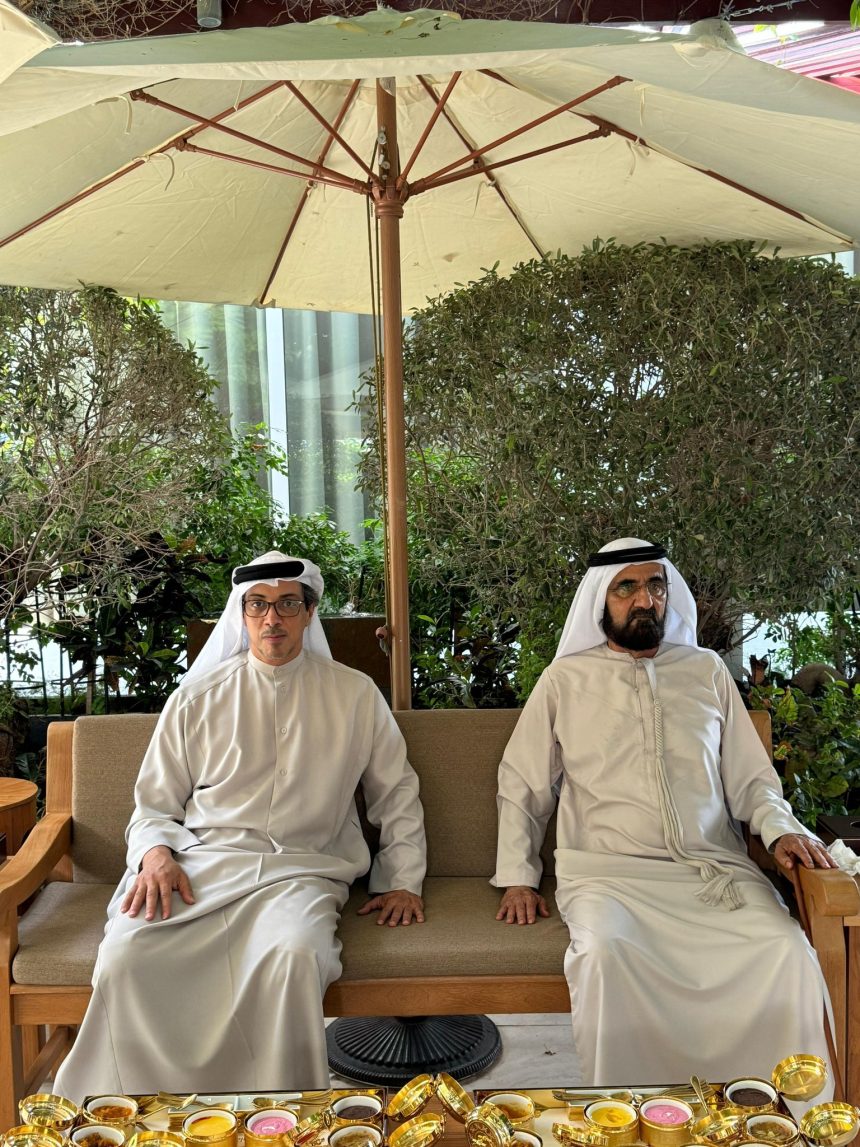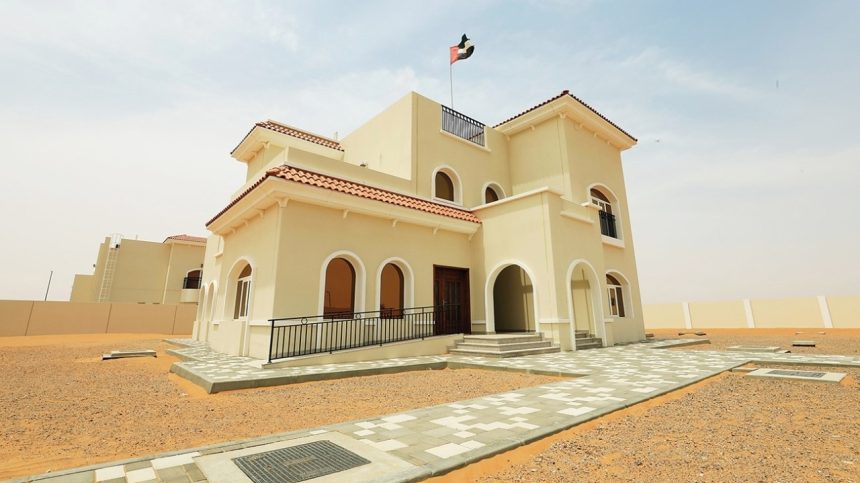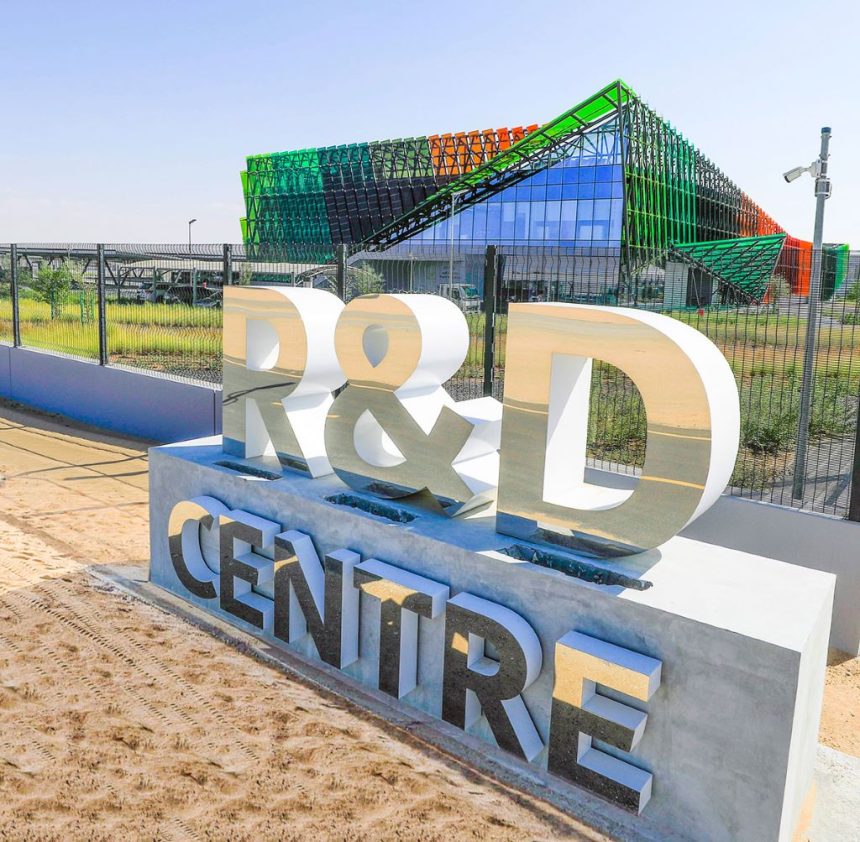DEWA Virtual Power Plant, the First of its Kind in the Region.
His Excellency Saeed Mohammed Al Tayer, MD & CEO of Dubai Electricity and Water Authority (DEWA), announced the completion of DEWA Virtual Power Plant, the first of its kind in the region.
This initiative aims to revolutionize the management of distributed energy resources and elevate energy sustainability to new levels.
Al Tayer highlighted that the flexibility of the distribution network is crucial for ensuring reliable and sustainable supplies.
And also to accelerate the achievement of carbon neutrality by 2050.

Advanced technologies
DEWA Virtual Power Plant utilizes advanced technologies, including:
Aggregation, optimization, coordination, and AI-based forecasting.
This is to integrate various types of distributed energy resources and support DEWA’s smart grid.
DEWA is testing the plant using digital twin technology for the electricity network.
Through digital twin simulation, DEWA will assess the plant’s performance as a potential enabler of digital technology.
Providing extensive flexibility for DEWA’s systems and supporting energy transmission and distribution operations.
Al Tayer added that DEWA leverages innovation, research, its smart grid, and the latest disruptive technologies to ensure energy security and sustainability.
All of this is according to the highest global standards, in line with Dubai’s Clean Energy Strategy 2050 and Dubai’s Carbon Neutrality Strategy 2050.

Shared Experience
Engineer Waleed bin Salman, Executive Vice President of Business Development and Excellence at DEWA, noted that DEWA’s Research and Development Center has shared the lessons learned from DEWA virtual power plant project at eight international scientific conferences and in peer-reviewed journals.
DEWA has also conducted an economic and technical feasibility study for the comprehensive application of the plant across its entire network.
DEWA virtual power plant is a smart grid and digital platform that ensures communication between various small and medium-sized distributed energy units.
Including photovoltaic solar systems, battery storage systems, electric vehicle charging stations, and other flexible loads.

This enables these sources to participate in supporting grid operations and maximizing their benefits for both the grid operator and the end user.
By providing grid services such as:
Load reduction, photovoltaic system stability and power factor correction.
As well as frequency control to maintain current stability, energy balancing, and more.
DEWA virtual power plant aggregates and integrates distributed energy sources
DEWA’s Research and Development Center implemented the plant and connected it to assets and managed various sources as if it were a single traditional power plant producing energy and connected loads.
His Highness Sheikh Abdullah bin Zayed Al Nahyan welcomed His Excellency Mahmoud Ali Yousef, and they discussed a number of files related to strengthening bilateral relations and cooperation paths between the two countries to serve their mutual interests. pic.twitter.com/HtVZdf4s0r
— UAE Voice (@uae_voiceeng) July 30, 2024
Through DEWA virtual power plant, DEWA can aggregate and integrate distributed energy sources as below:
- Electric vehicle charging stations at the Research and Development Center with a total consumption of 132 kilowatts.
- Sodium-sulfur and lithium iron phosphate battery storage systems with a total storage capacity of 2.41 megawatts, and 15.81 megawatts respectively.
- Flexible cooling loads at the Research and Development Center with a total energy consumption of 390 kilowatts.
- Photovoltaic inverters in external laboratories at the center with a capacity of 12 kilowatts.
- Residential photovoltaic inverters with a capacity of 9 kilowatts.
- Distributed energy sources at the smart grid station including photovoltaic inverters with a capacity of 200 kilowatts.
- Energy storage batteries with a storage capacity of 120 kilowatts.
- Electric vehicle charging stations at the smart grid station with a total capacity of 44 kilowatts.
- The plant provides a total flexibility of approximately 3.3 megawatts.





